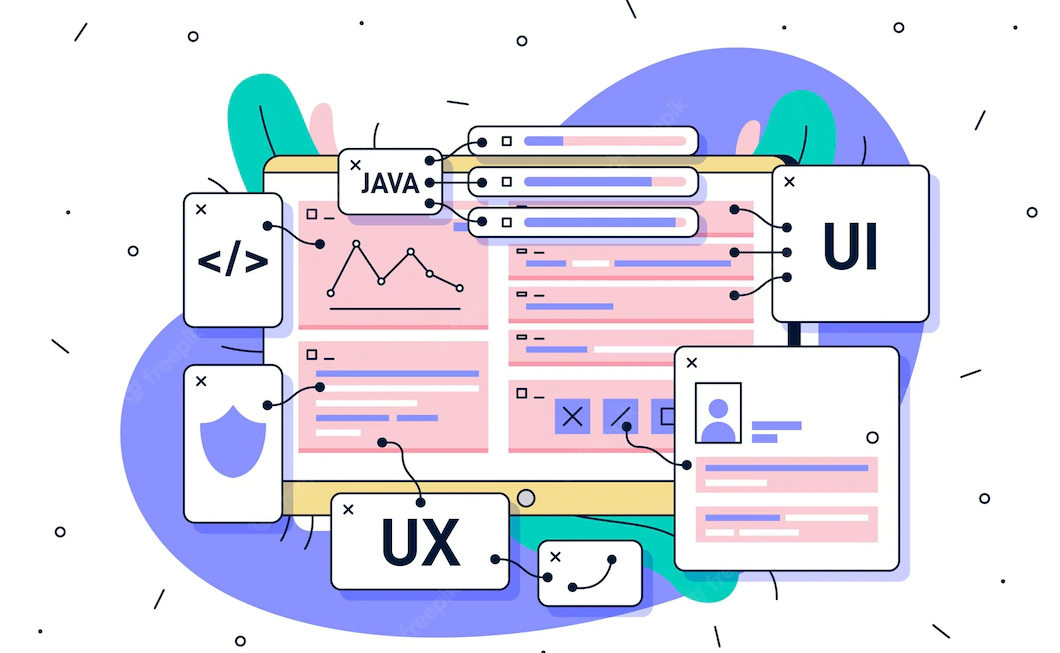International Business Machines aka IBM combined a personal digital assistant and a telephone in IBM Simon in 1994, back when no one could have imagined how 25 years later, digital devices of this kind will become an indispensable part of our lives.
IBM Simon was the first smartphone. It obviously had no app store because the first app store was launched much later in 2008, but it was loaded with useful applications like address book, calculator, calendar, fax, filer, mail, notepad, sketch pad, world clock time, and To Do. And these were called ‘features’ instead of ‘apps’.
Today there are over five billion smartphones and more than 5.8 million mobile applications, iOS and Android combined. These applications are run on a range of mobile devices. Apart from the ubiquitous smartphones, PDAs (personal digital assistants), tablets, smart TVs, voice assistants like Alexa, and wearable devices like smartwatches make use of mobile apps.
The app development services industry was estimated $63.7 billion in 2016 and is expected to grow to $188.9 billion by 2020. App development has been listed as one of the top professions in recent years. The advantages of being a mobile app developer are many. Here is a brief list of the cases of expectations and the realities of app development services:
· Expectation 1:
“Expanded Market Reach”
Reality- If you look at the sheer customer base of mobile devices that make use of mobile apps, it amounts to more than 52% of the entire world population. Market size is enticingly large. You will never hear an app developer complain about a lack of customers. But the flip side of the coin says that the market is overcrowded, there is blatant competition. Creativity and uniqueness in this business is a hard thing to bring. With over 4.8 million apps on the app stores, 4.8 million ideas have already been implemented in a myriad ways and that leaves smaller room for something revolutionary and new.
· Expectation 2:
“Website to the app is an easy road”
Reality- Apps and websites are two very different things. While a mobile website is generic, a mobile app is more personalized. They ought to have different purposes. No app is developed solely to follow some ‘trend’, it must fulfill a need. Faster call-to-actions or CTAs, smoother and dynamic user experience (UX) and user interface (UI) are the unique selling proposition or USP of mobile apps. Mobile is more customer-engaging. If a local bakery has to showcase the prices, products, and special offers, then it’s cost-effective to go with a website and market it well but if it has to offer additional services like customization and home delivery, then it would be sensible to get an app developed.
· Expectation 3:
“First app version is easier to develop”
Reality- One needs to put in a lot of thought and effort to build the first version of an app. It starts from paper as a rough avatar of your idea – from the UI to the needed capital. Firstly, you need to hire the right professionals. In India, one of the biggest challenges faced by a new mobile app development company is not to find a skilled professional but one who does quality work. The dexterity of a professional in India is marred by the pathetic state of the education system and corruption. Next, the budget is allocated to different steps of the development process. And lastly, you set the deadlines.
· Expectation 4:
“App stores are welcoming”
Reality- App submission is not always easy. There are several checks that your app must pass before it gets to the app store- it has to be bug-free and should not crash, should have all the app information and the complete and correct metadata etc. Guidelines for the privacy of data, objectionable content and user-generated content are provided in detail by the app stores and they need to be adhered to. You need to submit some legal and other information like extensions, advertising, and spam filters to the store. Rejections happen and you must be ready to face one.
· Expectation 5:
“Apps are automatically visible to the users after submission”
Reality- App Store Optimization is the thing one needs to undertake to make the app more visible on the app store. It is analogous to Search Engine Optimization and includes marketing techniques like making use of apt keywords, titles, app descriptions, screenshots, and app videos. In one area of interest, there are thousands of apps. If you ever searched for a simple app like a planner on the app store, you will get many apps to download. So app visibility is essential. Good ranking means more downloads. App store optimization isn’t a substitute for digital marketing. To attract more users, app developers make use of social media marketing, search engine optimization, and advertising on paid platforms, etc.
· Expectation 6:
“App is now successful, so no changes needed”
Reality- App users are not stagnant, they are constantly changing. Preferences are always evolving and your customers have to ‘try something new’ every day. Better features and new solutions have to be continually developed to tackle competitors in order to avoid loss of your market share. From fixing bugs to introducing updates and new features, being responsive to the user feedback, and making efforts to improve the in-app experience, they are all important aspects to be taken care of. App downloads do not mean an active user. Marketing may make users download an app but it’s the in-app experience that’s going to be needed to make them active users.
So, app development services companies need to keep themselves abreast of the above realities to stay on track.
Author Bio: Sanchita Mittal is a dynamic technophile, writing on all aspects of the technological world. With wide and deep experience of covering all matters related to Technology, App Development Services, Life Style, Cloud and Digital Marketing. She wants to be at the forefront of technology, whether it is already applied in real life or still in the R & D lab.





